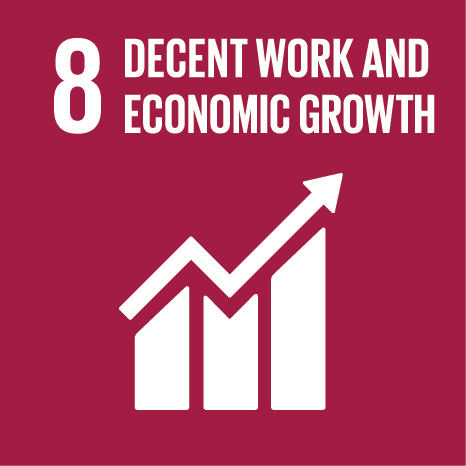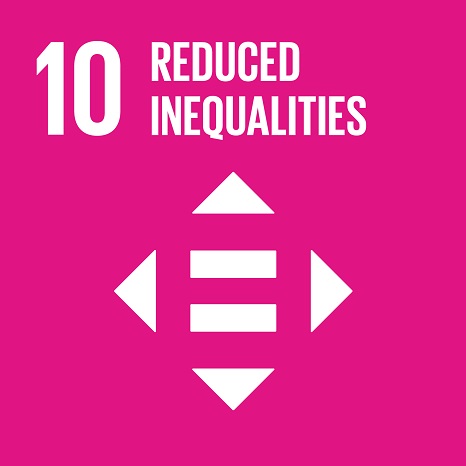Ciência_Iscte
Publications
Publication Detailed Description
The changing role of science in the innovation process: From Queen to Cinderella?
Journal Title
Technological Forecasting and Social Change
Year (definitive publication)
2009
Language
English
Country
United States of America
More Information
Web of Science®
Scopus
Google Scholar
Abstract
An overview of how the role of science in relation to innovation has been defined over the past five decades is given, showing a change from a linear to a chain-linked model of interpretation. A third analytical grid, leading to a new model is proposed, summarizing the current research on the nature of economically useful knowledge, the diversity of intervening players in learning and the outcomes of innovation. While the chain-linked view surpassed the linear model by emphasising that science is part of the process but not necessarily the initiating step, we need today to explicitly acknowledge the multi-player dimension of innovation and the wider institutional setting where distinct forms of learning take place. The reason is simple: almost all high added value products embody elements of scientific knowledge. But science is only one of a plurality of other sources of knowledge that induce innovation-based growth. More attention should also be given to understanding markets and organisations.
Acknowledgements
--
Keywords
Fields of Science and Technology Classification
- Economics and Business - Social Sciences
- Social and Economic Geography - Social Sciences
Contributions to the Sustainable Development Goals of the United Nations
With the objective to increase the research activity directed towards the achievement of the United Nations 2030 Sustainable Development Goals, the possibility of associating scientific publications with the Sustainable Development Goals is now available in Ciência_Iscte. These are the Sustainable Development Goals identified by the author(s) for this publication. For more detailed information on the Sustainable Development Goals, click here.

 Português
Português




